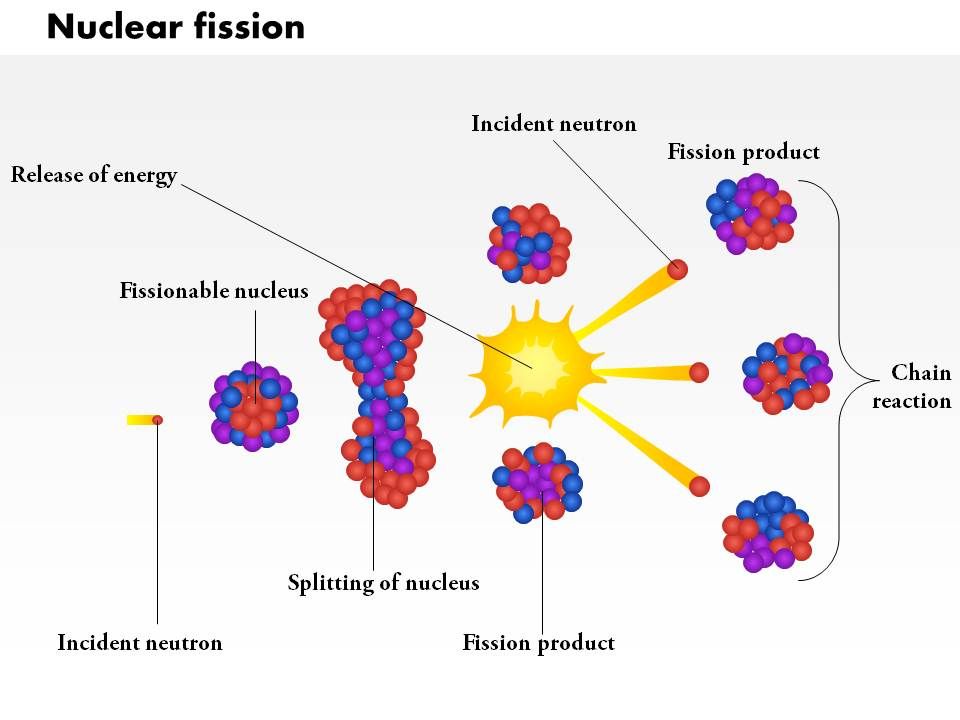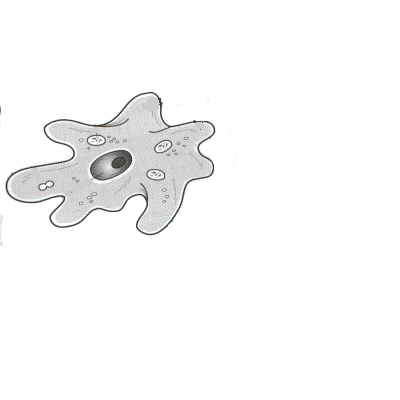

The Growth of the Cell: After the chromosome is duplicated in two strands, the bacterial cell grows larger and prepares for binary fission. Replication enzymes copy the chromosome strand at the point of origin and then continue separating the strand in two. Genome Replication: In bacteria, binary fission starts with the replication of the genome. The following are the steps involved in the binary fission of bacteria. Factors such as pH levels, temperature, light, oxygen, osmotic pressure play a factor in bacterial reproduction or bacterial binary fission. The time taken for one bacterial cell to duplicate itself is called doubling time.

The Endosymbiotic theory, which explains how prokaryotes evolved into today's mitochondria, is based on the binary fission of cell organelles such as mitochondria and chloroplasts.īacteria also reproduce through asexual reproduction and the speed differs between species. The FtsZ protein is involved in binary fission in these cells, as in prokaryotes. Some protozoans, such as amoebas, reproduce by binary fission, and some organelles within eukaryotic cells divide similarly to bacteria. The membrane pinches inwards, generating a septum (new cell wall) down the cell's center.įinally, the septum splits into two cells, each with its own identity.Ĭrenarchaeota, which lacks a cell wall and the FstZ protein, uses a primitive mechanism called the ESCRT-III system.

This step ensures that the cytoplasm separates without damaging the genetic material. The FtsZ protein, which forms a ring-like structure in the cell's core, is vital in this process. Later, the origin divides, and as the replication continues, the two origins pull the chromosomes with them.Īfter replication, proteins involved in cell division gather at the center of the cell. The chromosomes are then replicated starting at the origin of replication. Prokaryotes' genetic material (chromosomes) is contained as a nucleoid in the cytoplasm. There are below organisms that are reproduced by binary fission: There are few protozoans in which the process of cell division and cytoplasmic division may differ. This process leads to the reproduction of most of the bacteria. Prokaryotes and eukaryotes also use binary fission as a means of dividing into smaller units. left and right oblique).Ĭeratium, a dinoflagellate, has this division pattern. In this case, the cytoplasm is separated in an oblique manner (i.e. This method of division generally occurs in Flagellates, such as Euglena. This is where the cell's cytoplasm is separated longitudinally. This is where the cytoplasm is separated along the cell's longitudinal axis. This division can be seen in Paramecium, a ciliated protozoan. This type can be found in organisms such as amoebas.Ĭytokinesis occurs along the cell's transverse axis in transverse binary fission. It is most typically perpendicular to the plane of chromosome division (karyokinesis).
/GettyImages-587169643-1--5842fd445f9b5851e531d0f4.jpg)
It must be able to reproduce at the right time, in the right place, and give each offspring a complete copy of its important genetic material to stay alive and compete.īinary fission has four forms based on the cytoplasmic division plane.Ĭytoplasm division (cytokinesis) can occur in any plane in this situation. Many prokaryotes, including archaea, cyanobacteria, eubacteria, and certain eukaryotes like amoeba and Paramecium, reproduce by binary fission.īinary fission occurs in some cell organelles, like mitochondria. In this asexual method of reproduction, the daughter cells produced have the same genetic material as their parents. This process does not involve the formation or fusion of gametes, hence it is referred to as asexual reproduction. It is capable of producing only two components from a single entity. Thereafter, each of which has the potential to expand to the size of the original cell or organelle.īinary fission differs from other forms of fission. The single living cell or organelle doubles in size before splitting into two identical daughter cells. Binary fission is an asexual way to reproduce.


 0 kommentar(er)
0 kommentar(er)
